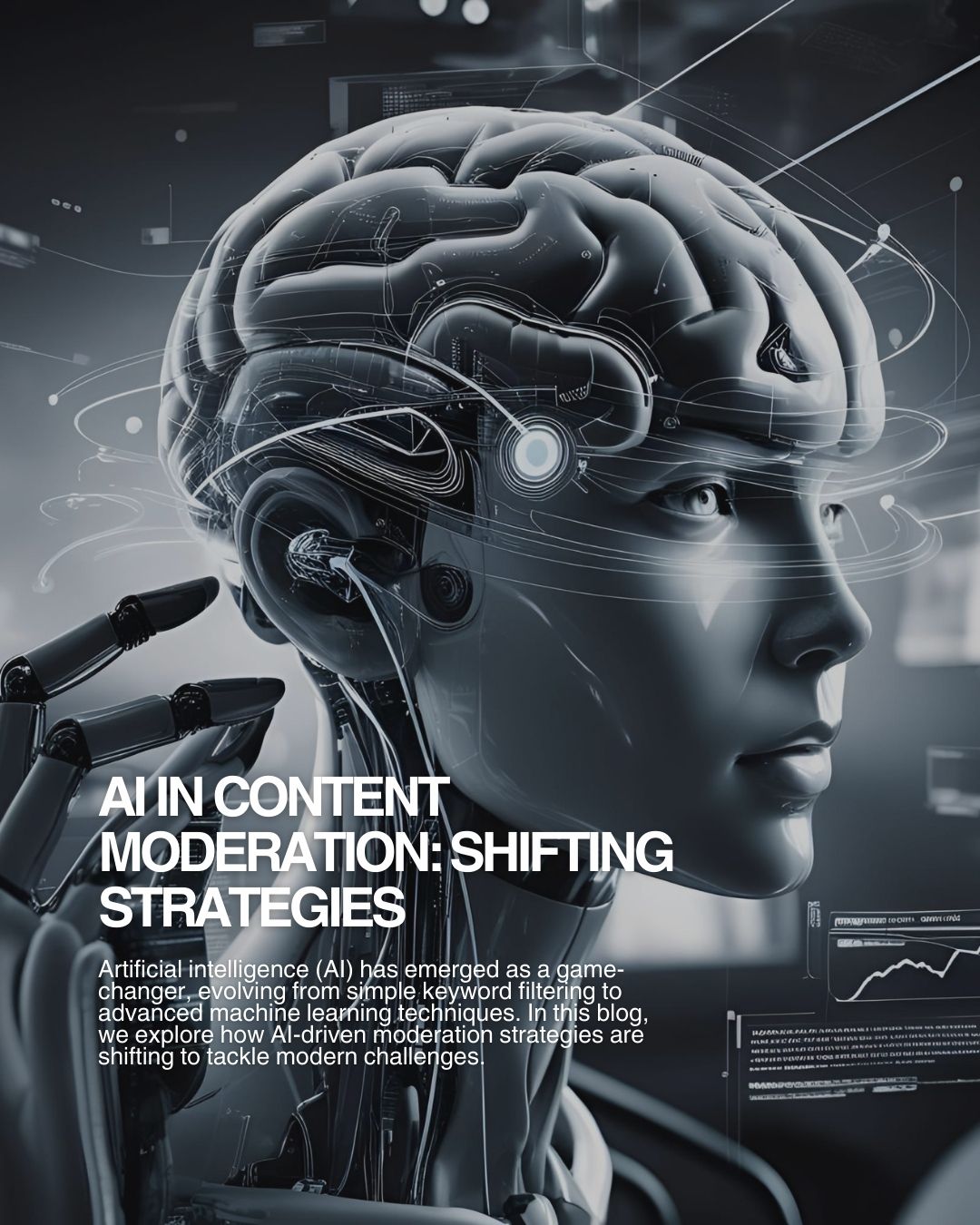In a world inundated with information, capturing and maintaining audience attention is increasingly challenging. Interactive content offers a dynamic solution by transforming passive consumption into active engagement. By incorporating interactive elements, brands can create memorable experiences that not only captivate but also convert. Here’s a deep dive into interactive content, its benefits, and how to effectively use it in your digital marketing strategy.

What is Interactive Content?
Interactive content involves user participation and engagement, often through actions like clicking, swiping, answering questions, or exploring different scenarios. Unlike static content, interactive content adapts and responds to user inputs, creating a more personalized and immersive experience.
Benefits of Interactive Content
- Enhanced Engagement: Interactive content actively involves users, increasing their time spent on your content and boosting engagement rates.
- Improved Learning and Retention: By engaging multiple senses and requiring active participation, interactive content can enhance information retention.
- Personalization: Interactive elements can provide personalized experiences based on user inputs, making content more relevant and impactful.
- Better Data Collection: Interactive content can gather valuable user data and insights, helping to refine marketing strategies and personalize future content.
- Increased Conversions: Engaged users are more likely to convert. Interactive content can guide users through the buyer’s journey effectively, leading to higher conversion rates.
Types of Interactive Content
- Quizzes and Assessments
- Personality Quizzes: Fun and engaging, these quizzes can offer personalized product recommendations based on user answers.
- Knowledge Tests: Educational quizzes that test knowledge on specific topics can be both informative and engaging.
- Interactive Infographics
- Clickable Data Points: Allow users to click on data points to reveal more detailed information, making complex data more digestible.
- Animated Visuals: Use animations to illustrate data trends and correlations dynamically.
- Polls and Surveys
- Real-Time Polls: Engage your audience with real-time polls on trending topics and display instant results.
- Feedback Surveys: Collect user feedback on products, services, or content to improve customer satisfaction and engagement.
- Calculators and Tools
- Financial Calculators: Tools like mortgage calculators or ROI calculators can provide users with personalized insights.
- Health and Wellness Tools: Fitness or diet planners that offer personalized recommendations based on user inputs.
- Interactive Videos
- Branching Scenarios: Create videos where users can choose different paths, leading to personalized content based on their choices.
- Clickable Elements: Include clickable elements within videos that provide additional information or direct users to other content.
- Augmented Reality (AR) Experiences
- Virtual Try-Ons: Allow users to virtually try on products like clothes, accessories, or makeup.
- Interactive Tours: Provide virtual tours of locations, products, or services with interactive elements for detailed exploration.
- Gamified Content
- Branded Games: Develop simple games that promote your brand while entertaining users.
- Challenges and Competitions: Engage users with challenges and competitions that offer rewards or recognition.
Implementing Interactive Content in Your Strategy
- Identify Goals and Audience Needs
- Engagement Objectives: Determine what you aim to achieve with interactive content, such as increased engagement, higher conversions, or better data collection.
- Audience Preferences: Understand your audience’s preferences and pain points to create relevant and appealing interactive content.
- Choose the Right Interactive Elements
- Content Relevance: Select interactive elements that align with your content goals and audience interests.
- User-Friendly Design: Ensure that the interactive content is intuitive and easy to use.
- Create High-Quality Content
- Visual Appeal: Use high-quality visuals and design elements to make your interactive content visually appealing.
- Value Addition: Ensure that the content provides value to the user, whether through entertainment, education, or practical utility.
- Promote Your Interactive Content
- Social Media: Share your interactive content on social media platforms to reach a broader audience.
- Email Campaigns: Include interactive elements in your email marketing campaigns to boost engagement.
- Website Integration: Feature interactive content prominently on your website to attract and engage visitors.
- Measure and Optimize
- Analytics Tools: Use analytics tools to track user interactions and engagement with your interactive content.
- Feedback Loop: Gather user feedback to understand what works and what doesn’t, and continuously refine your content.

Conclusion
Interactive content is a powerful tool in the digital marketer’s arsenal, offering a unique way to engage audiences, enhance learning, and drive conversions. By incorporating quizzes, interactive infographics, polls, calculators, videos, AR experiences, and gamified content, brands can create memorable and impactful experiences. Implementing interactive content requires thoughtful planning, high-quality execution, and continuous optimization, but the rewards in terms of user engagement and conversion potential make it a worthwhile investment. Embrace the power of interactivity to connect with your audience in meaningful and innovative ways.


































































